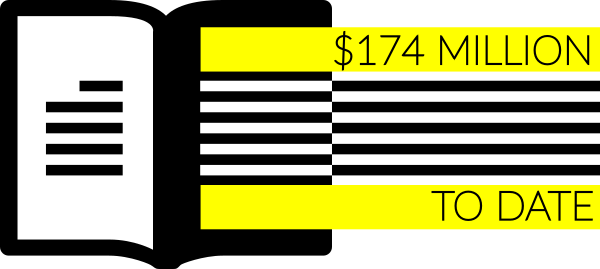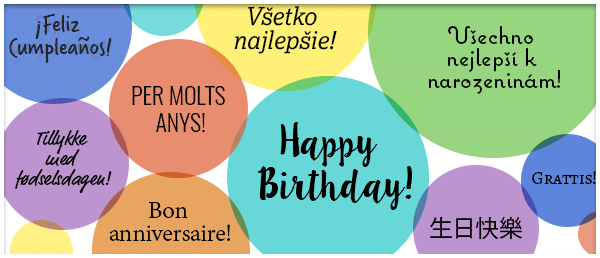Open Education Week: 7-11 March, 2016: Call for Participation
mercredi 6 janvier 2016 à 21:42Open Education Week 2016: Call for Participation, by: Open Education Consortium, CC BY 4.0
The Open Education Week planning committee invites your contributions to and participation in the 2016 Open Education Week (#openeducationwk), featuring online and in-person events around the world. There are many ways to participate – including but not limited to:
- host an event
- help someone find and reuse open education resources (OER)
- run a webinar
- commit to openly license your educational resources
- submit a video
- make a commitment to advance OER
- use the week to highlight the benefits of open education in your institution
Open Education Week is a celebration of the global Open Education movement. The purpose of the week is to raise awareness about the movement and its impact on teaching and learning worldwide, and there is always a need for the Creative Commons (CC) community to highlight how CC licensing makes OER “open.” Moreover, the CC community continues to innovate in open education and this is an opportunity to share your amazing work with the world. Participation in all events and use of all resources is free and open to the public.
Please submit your ideas on how you will contribute to Open Education Week by 12 February, 2016. You are welcome to submit multiple resources or events. Please fill out one form for each contribution.
Submitting your event / resources through this form will show the strength of commitment to openness around the world – all languages and time zones are most welcome!
Your event will be featured in the Open Education Week schedule, on the world map of events, and will be promoted through Open Education Week social media channels. You’ll also receive the official Open Education Week badge to display on your webpage or event promotional materials.
Kudos to our friends at the Open Education Consortium for organizing Open Education Week 2016!
The post Open Education Week: 7-11 March, 2016: Call for Participation appeared first on Creative Commons.




